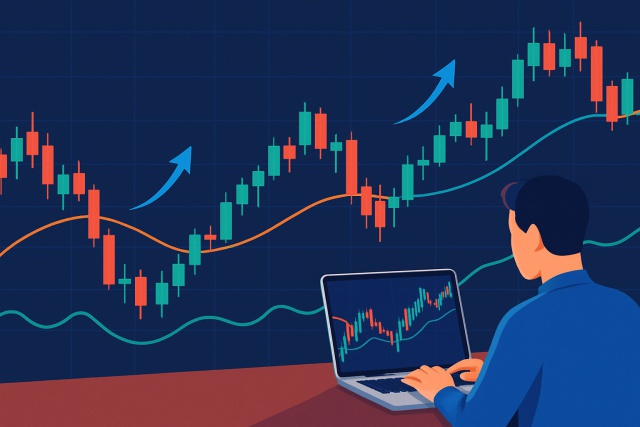
Most Important Candle Patterns Every Trader Should Know
Unlock the power of candle patterns to decode market psychology and improve your trading precision....
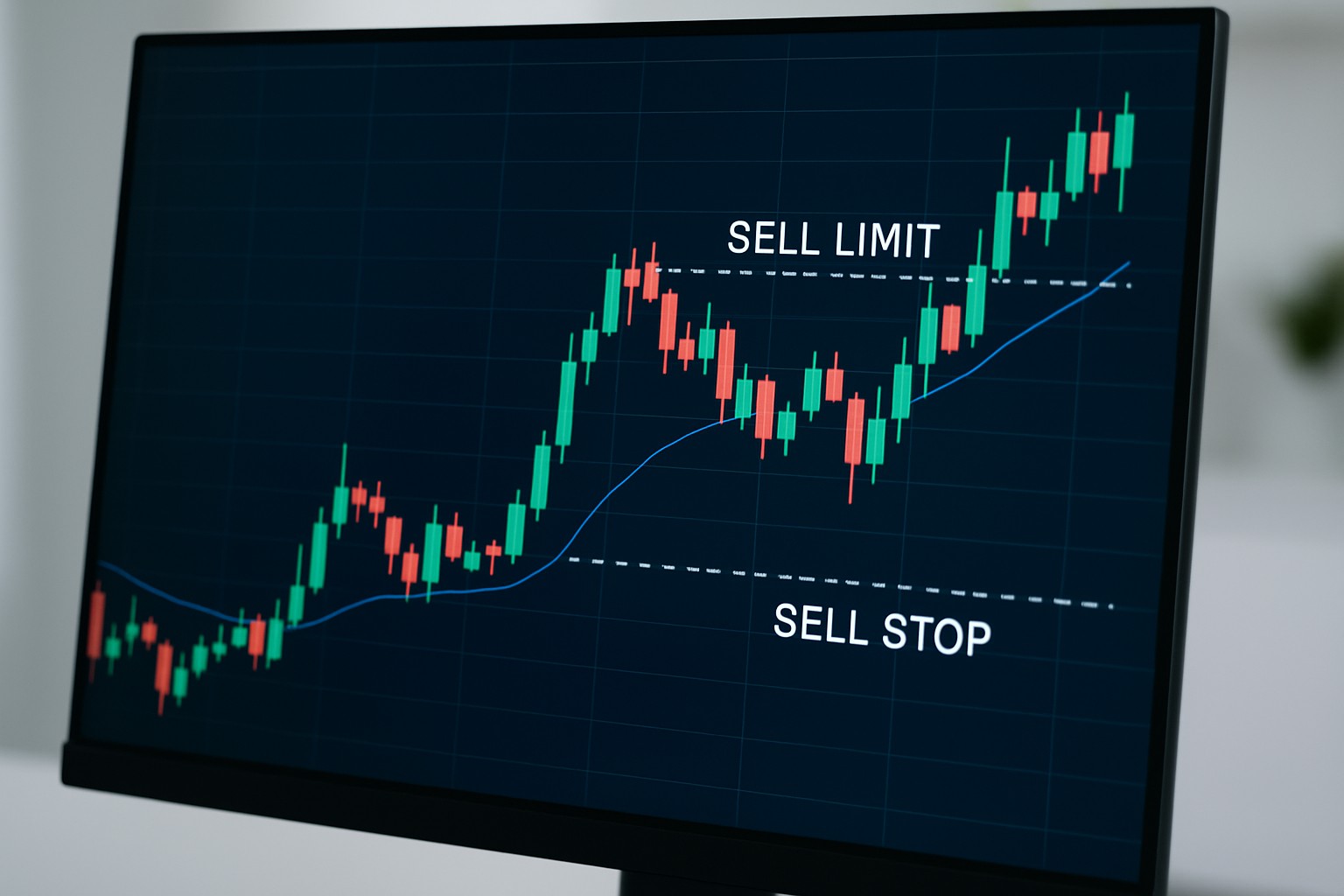
Wrapping your head around order types is absolutely key. Having a solid grasp of the subtle but important differences between sell limit and sell stop orders can genuinely give you the upper hand.
Sell limit and sell stop orders are the trusty tools traders lean on to keep their entry and exit points in check.
A sell limit order basically says: sell your security only when you can snag your set price or better—never settle for less.
Sell stop orders flip into market orders the moment the price hits a set stop level, which can be a real lifesaver for traders looking to cap their losses or lock in some hard-earned profits.
Sell limit and sell stop orders play by very different rules when it comes to timing and execution. A sell limit sets the minimum price you are willing to accept and only fires off at that price or better, aiming to lock in profits when the stars align just right. A sell stop flips the script: it turns into a market order once prices dive below a specific point, often stepping in to cut losses or ride the wave of a downward trend. Sell limits are all about controlling price and nailing execution quality, whereas sell stops focus on managing risk and making sure you get out quickly when markets start slipping.
| Feature | Sell Limit Order | Sell Stop Order |
|---|---|---|
| Order Type | A limit order that sits tight until the price is just right | A stop order that flips into a market order the moment it’s triggered |
| Trigger Price | Kicks in at the limit price or better, no less | Gets activated when the price hits or dips below the stop price |
| Execution Style | Holds out for a favorable price before jumping in | Jumps straight into action as a market order once triggered |
| Market Condition Suitability | Plays well in steady or rising markets, ideal for locking in profits | Best suited for choppy or falling markets to help cut losses early |
| Typical Use | Perfect for taking profits or selling near resistance levels | Handy for shielding against losses or catching breakouts |
| Risk Implications | Might miss the trade if the price never quite reaches your limit | Beware of slippage; you could end up selling at worse prices than expected |
Knowing when to use sell limit or sell stop orders can seriously shift the game in your trading results. Sell limit orders usually shine when you are aiming to lock in profits at those trusty resistance levels, while sell stop orders come in handy to guard your capital or kick off short positions as prices take a quick nosedive.
Let’s weigh the ups and downs here, shall we? Every coin has two sides, and this one is no different. Whether you’re all in or just dipping your toes, it’s good to know what you’re getting into before making the jump.
Sell limit and sell stop orders each bring their own unique perks and quirks to the table. Sell limit orders are great for locking in those target prices you’ve been aiming for, though they might leave you hanging if the market never quite hits those marks. On the flip side, sell stop orders act like a safety net against nasty losses and can be real champs in breakout strategies—just keep in mind they might sometimes trigger at less-than-ideal prices thanks to slippage when markets get a bit wild.
| Order Type | Advantages | Disadvantages |
|---|---|---|
| Sell Limit Order | Locks in selling at or above your target price; a handy tool to secure profits when the price cooperates | Might never get executed if the price refuses to hit your set limit, which can leave you kicking yourself for missed chances |
| Sell Stop Order | Acts as a safety net to curb big losses by triggering a quick market sale | In choppy markets, you could deal with slippage and end up selling at prices less favorable than you would hoped, which can sting a bit |
Choosing between sell limit and sell stop orders might seem straightforward, but it can really make a world of difference when it comes to managing risk and sticking to your trading game plan. Sell limits let traders map out exactly when to take profits and carefully set exit prices with real intention, while sell stops play a vital role in enforcing those all-important stop-loss rules that help protect your hard-earned capital when the market decides to throw a curveball.
Set clear rules about when to lock in profits and how much loss you’re willing to stomach—this is key to making these order types work smoothly. Using sell stop orders on platforms like Binance or Coinbase can really take the edge off risk management by automating it for you. Meanwhile, sell limit orders give you the chance to plan your profit-taking ahead of time, aligning neatly with your technical analysis and your trading mindset.
When it all boils down, picking between sell limit and sell stop orders usually hinges on your trading goals and what the market’s doing at the time. Sell limit orders tend to shine when you’re aiming to lock in profits in steady or climbing markets because they give you a hands-on way to set your exit points. On the flip side, sell stop orders come in handy if you’re trying to shield your capital from sudden price drops or want to jump on breakouts as they happen. Take Binance's advanced order features, for example—many traders blend both types to really fine-tune their game plan.
Traders often lean toward sell limit orders when they are gunning for specific price points, while sell stop orders usually shine when it comes to managing risk or jumping on breakouts.
Are you tired of juggling multiple tools for your trading needs? TradingView is the all-in-one platform that streamlines your analysis and decision-making.
With its powerful charting capabilities, real-time data, and vibrant community, TradingView empowers traders like you to stay ahead of the market. Join thousands who trust TradingView for their trading success.
Are you ready to elevate your trading game? Binance, the leading cryptocurrency exchange, offers a seamless platform for traders of all levels. With its user-friendly interface and powerful tools, you can navigate the dynamic world of digital assets with confidence.
17 posts written
Born in Athens, Ariadne Petrou is a leading expert in behavioral finance, exploring the psychological factors that influence trading decisions and market dynamics.
Read Articles
Unlock the power of candle patterns to decode market psychology and improve your trading precision....
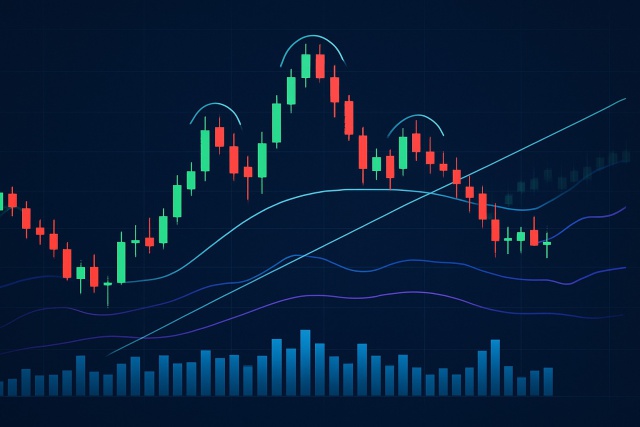
Unlock the power of the head and shoulders pattern with this complete guide. Learn to spot, trade, a...
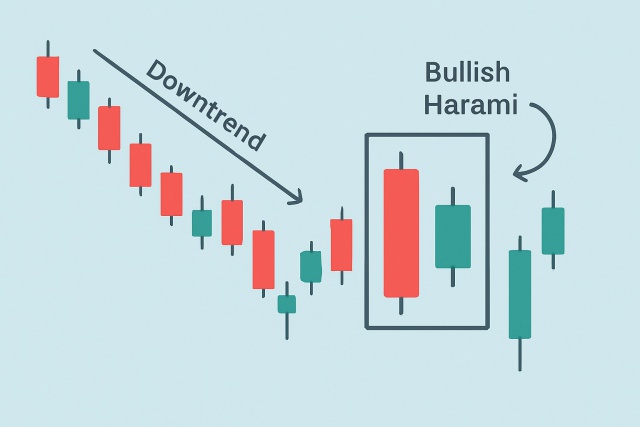
Discover the bullish harami candlestick pattern—a key technical signal that can hint at trend revers...
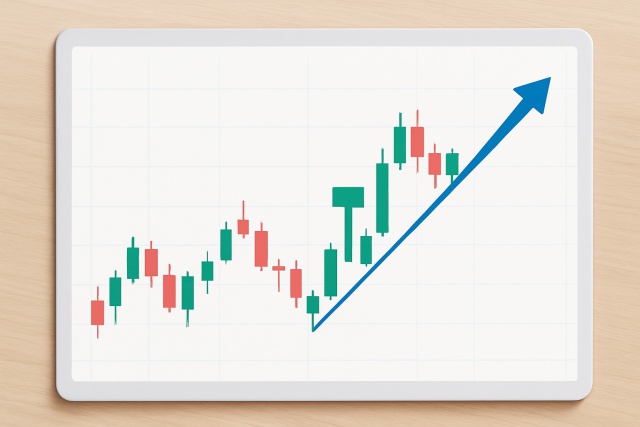
Master the hammer candlestick pattern—a key indicator for market reversals. This beginner-friendly g...
